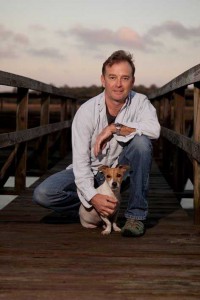
Eugene Gearty, sound editor on Ang Lee’s Life Of Pi put it best: “Sound design is based on storytelling in the movie. Everything follows the story. There’s no sense in having a weird sound in there if it doesn’t relate somehow emotionally to what’s happening in the scene or the storyline. Those days are long gone!”
In his sound design for a movie that primarily takes place in the middle of the ocean on a lifeboat occupied by only a boy and a tiger, Gearty had to create most of the sounds since much of the film was shot in a water tank in front of a greenscreen without a tiger.
Although support of the story is one criterion that all audio professionals can agree upon when judging the award-worthiness of sound editing, selecting the best sound is extremely subjective. Bad sound is noticeable, but good sound can be so inherently natural to the scene and story, that is renders itself audibly “invisible.” Sometimes for award-winning sound to stand out as unusual, it has to not stand out at all.
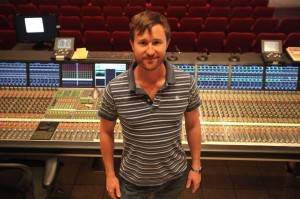
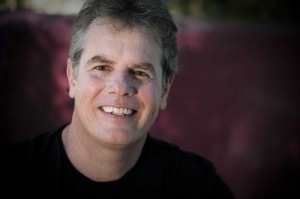
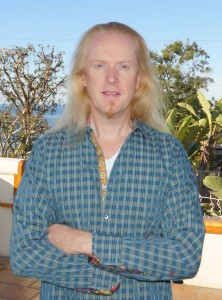
The sound is multi-layered to create a unique ambience for each scene, using the audio to viscerally build up each specific location. “We wanted to place the people in the proper space, but also a really dense space,” explained Ottosson. “When we’re in Pakistan, it’s not just a building that they’re in. It is the eight layers behind that building that make up the city.”
This is Ottosson’s second collaboration with director Kathryn Bigelow after winning both best achievement in sound editing and sound mixing for his work on The Hurt Locker. He was also nominated for best sound editing for Spider-Man 2 in 2004.
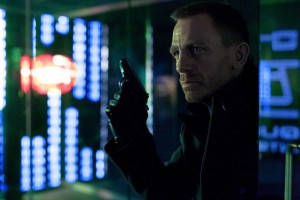
“As a filmmaker, [director Sam Mendes] is very good at sonically having you focus on what he wants the audience to focus on without a bunch of extraneous sounds,” said Landers in an interview with The SoundWorks Collection. “If the sound is there it’s for a reason. If it’s not there, it’s for a reason.”
“It starts when you read the script and you hear the sounds in your mind,” said Hallberg. “You get ideas, feelings, emotions that can help to tell the story. We have such a wealth of material within our library to draw from, which allows us to focus on creating new, better and more spectacular sound effects for each movie. Because I am a Swede, my approach may be somewhat minimal — in many cases when it comes to sound, less is more. There is a time when sound must be huge and intense, but sometimes the subtleties or even the absence of sound can be equally powerful.”
In the end, it keeps coming back to storytelling and balance. One must judge these works of art within a larger work of art by how well they serve the story, how well they keep us riveted to the story and never distract from that one goal. We’ve all heard it said that picture editing is the invisible art, but sound would also have to be included as an “invisible” art. If the soundtrack is noticeable, you’ve done something wrong, and are less likely to win that coveted award at the end of the day.
Check out Below the Line’s Unofficial Awards Poll
[poll id=”32″]





